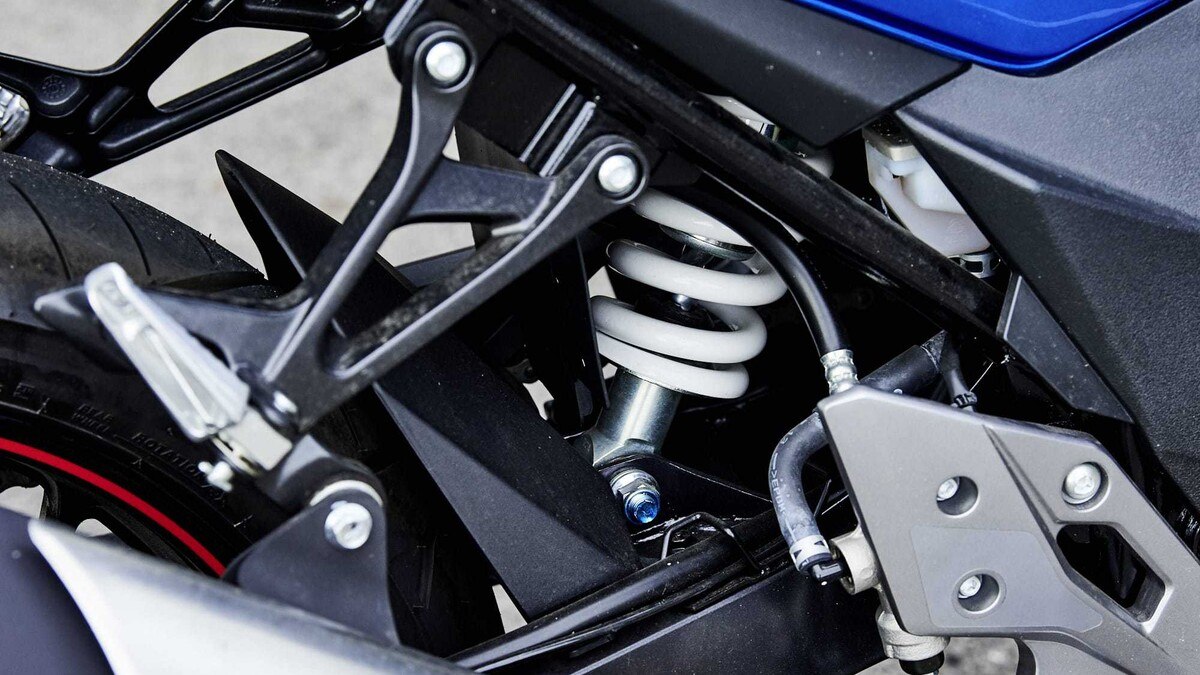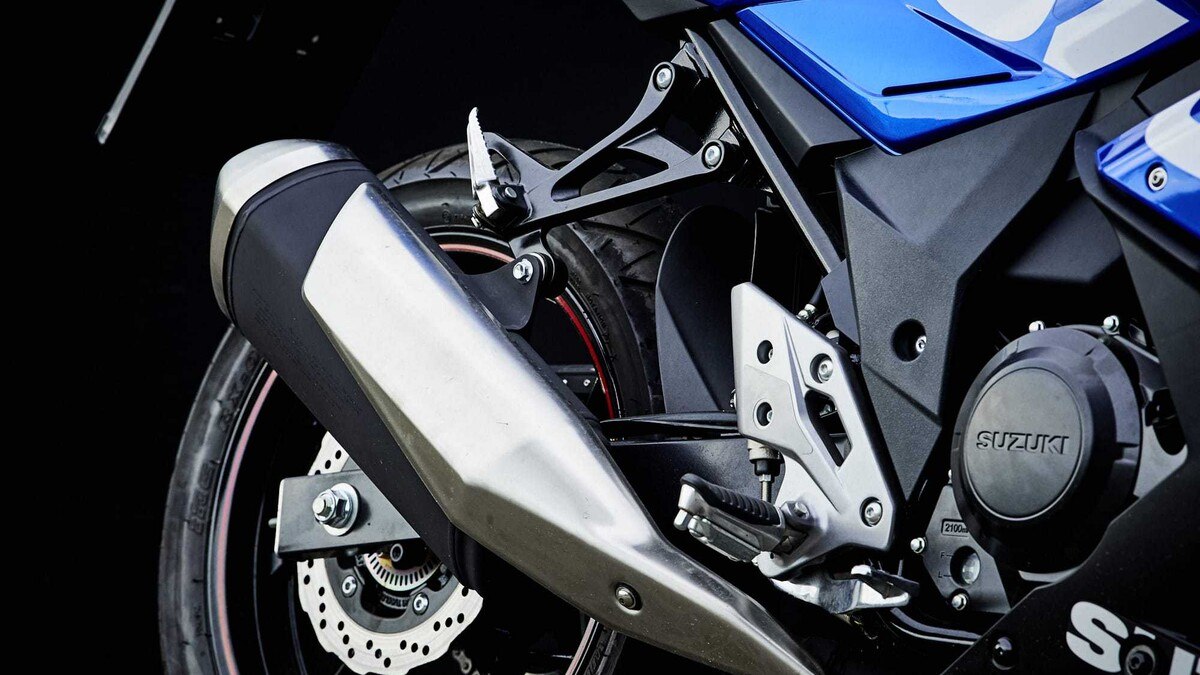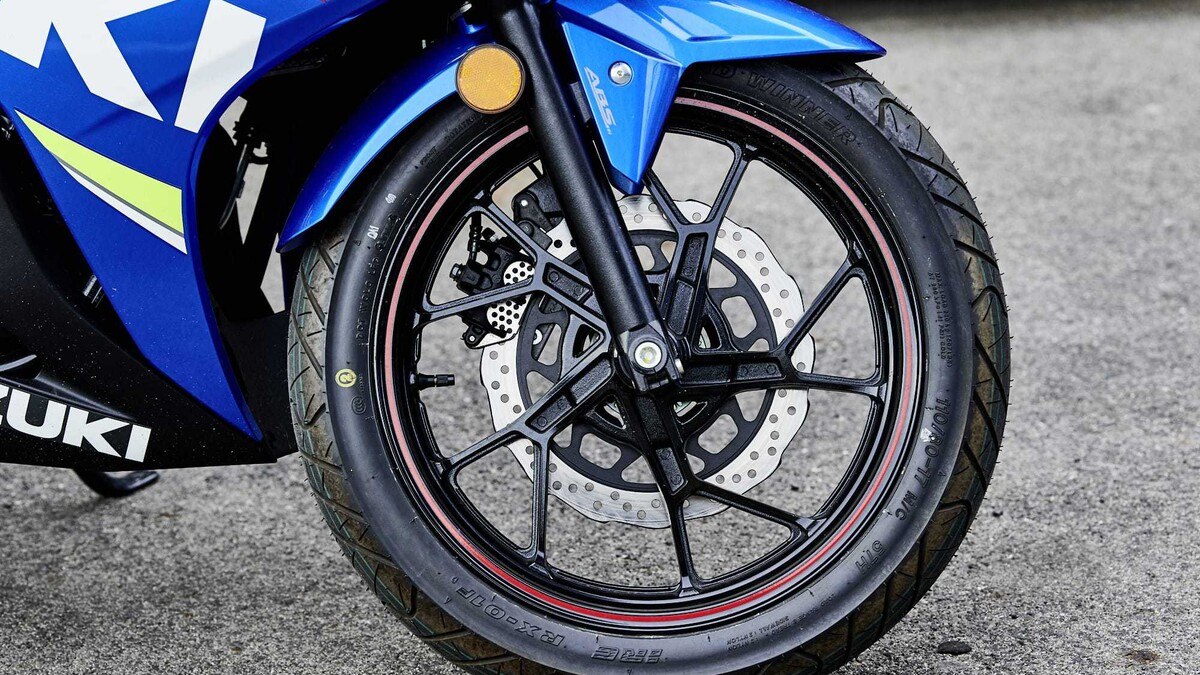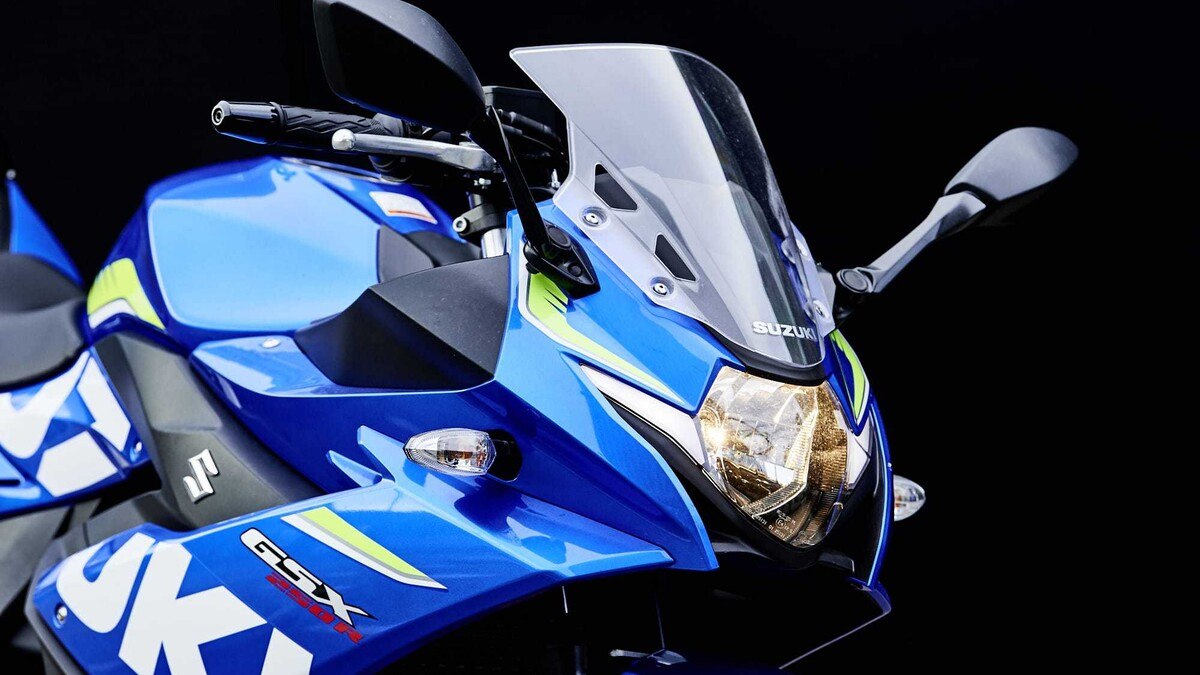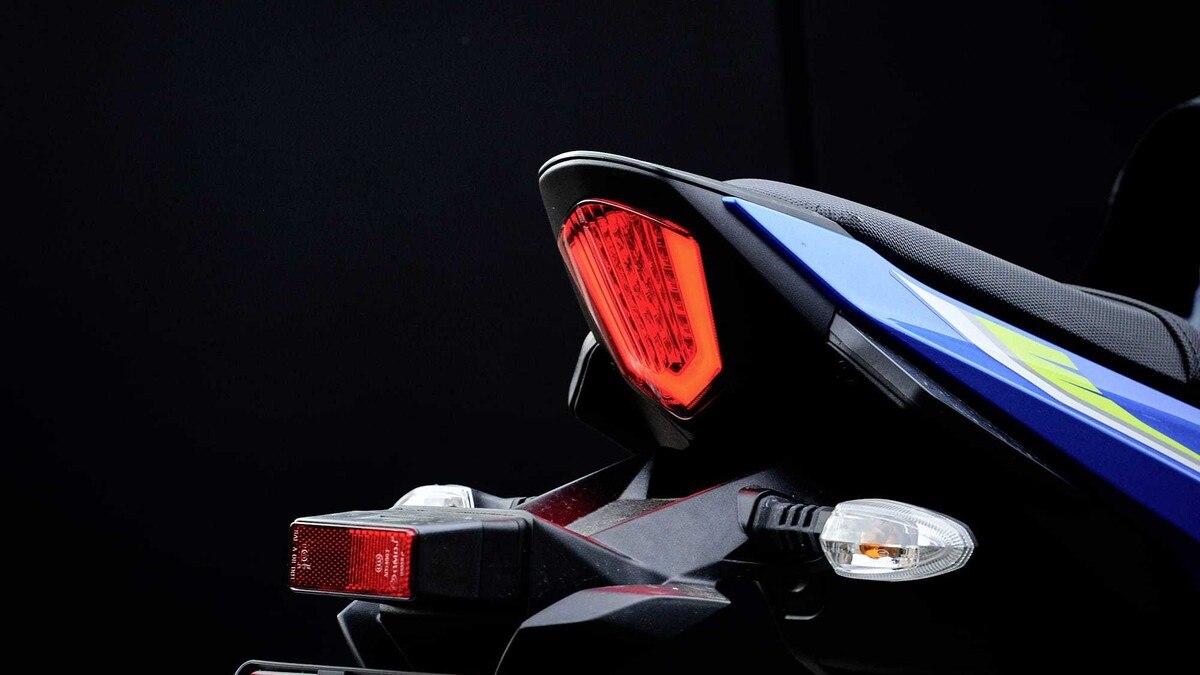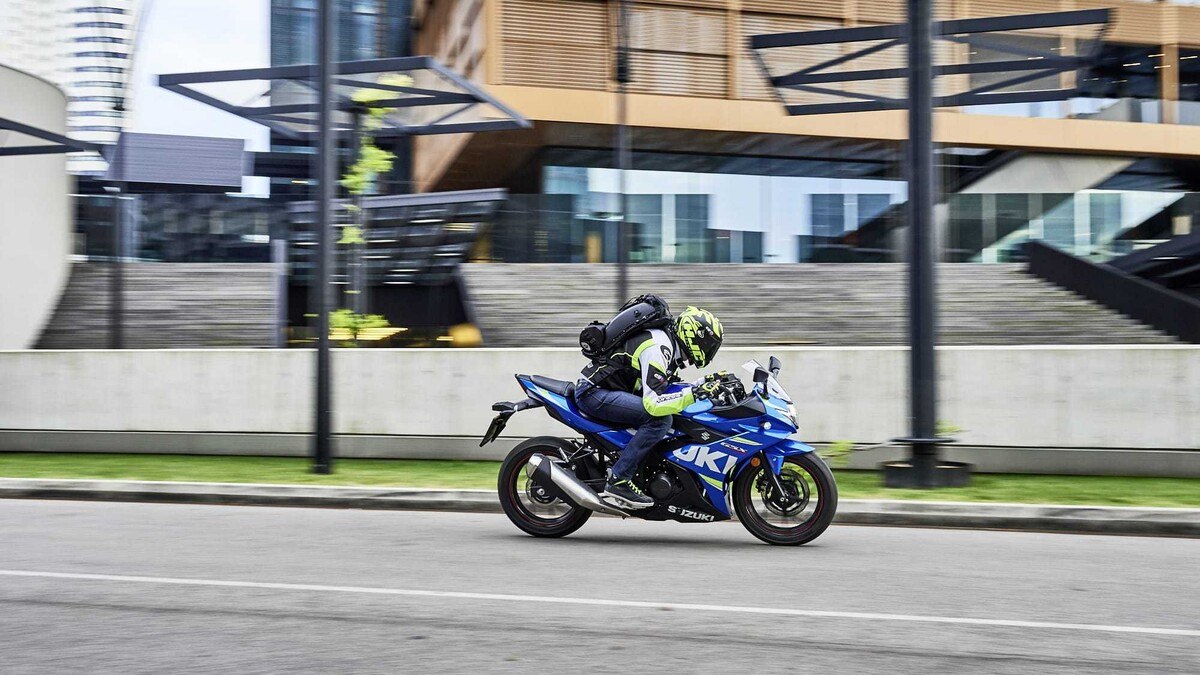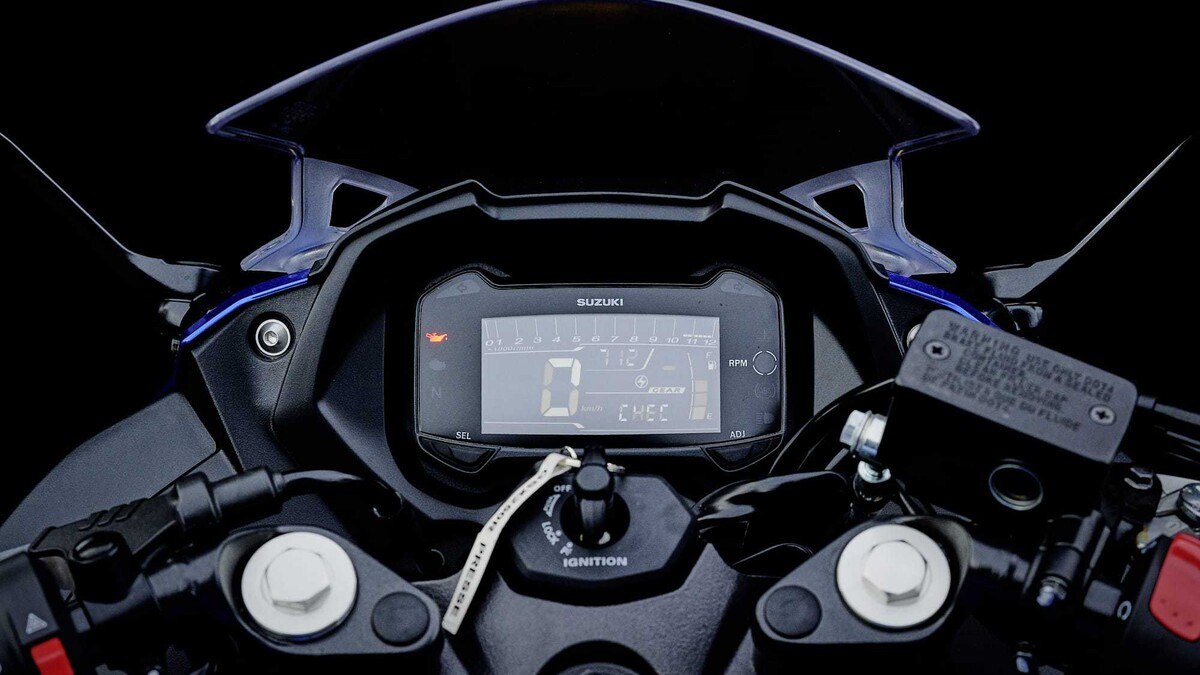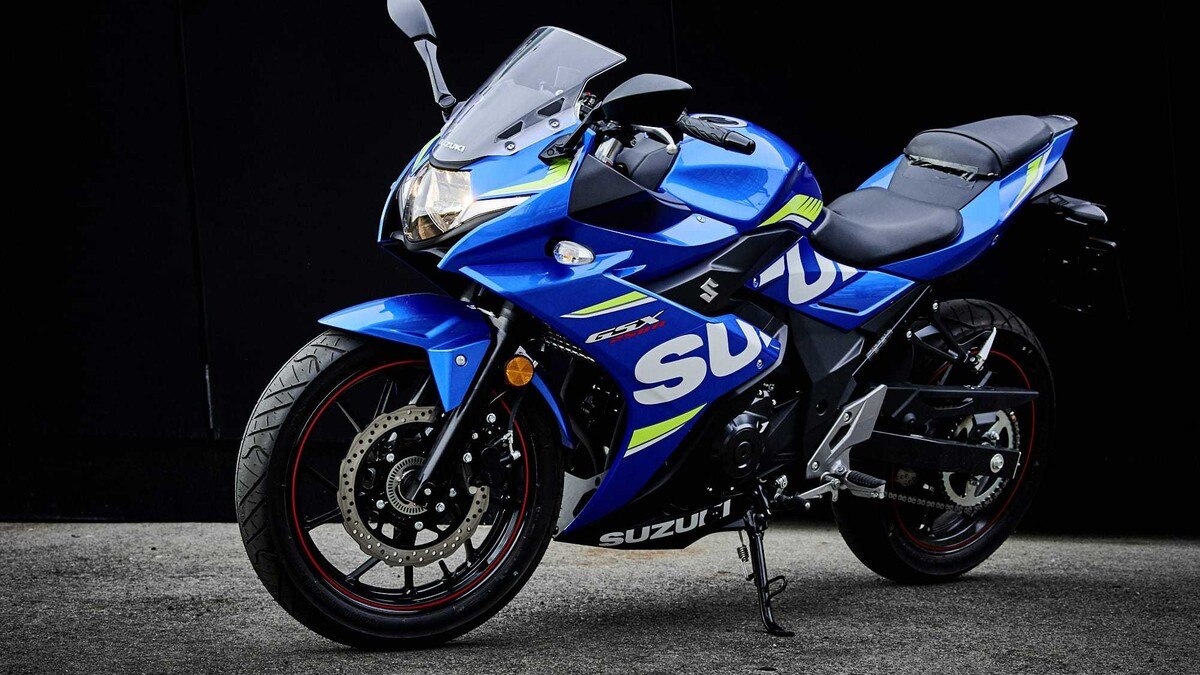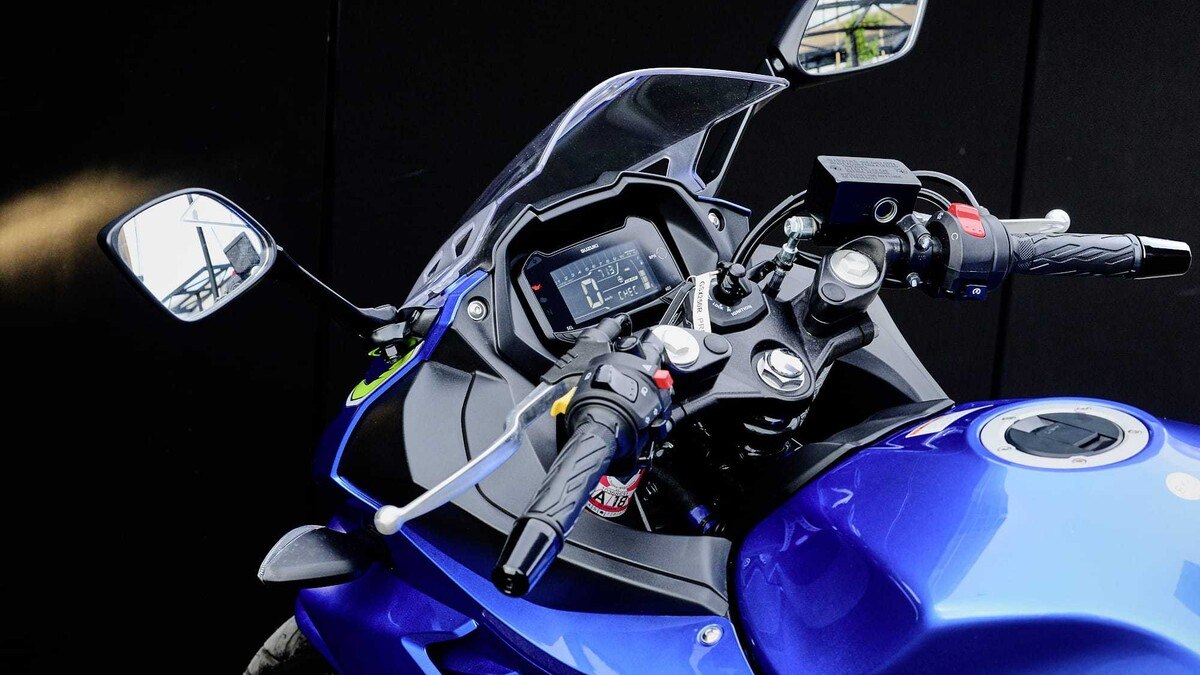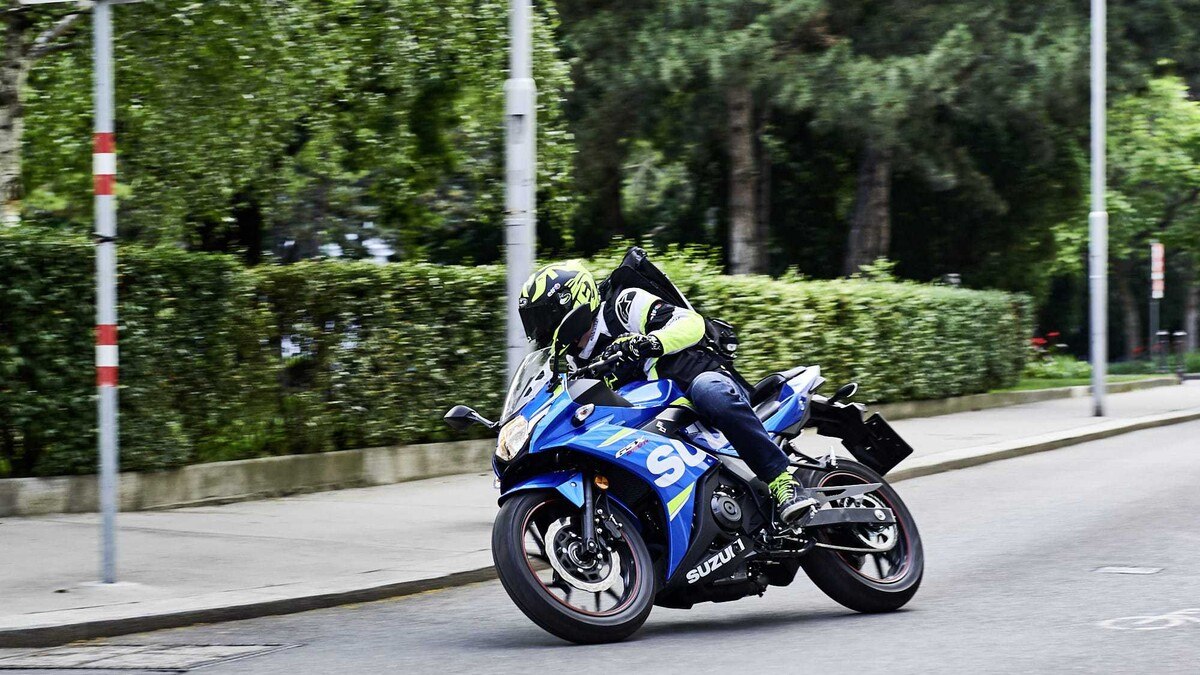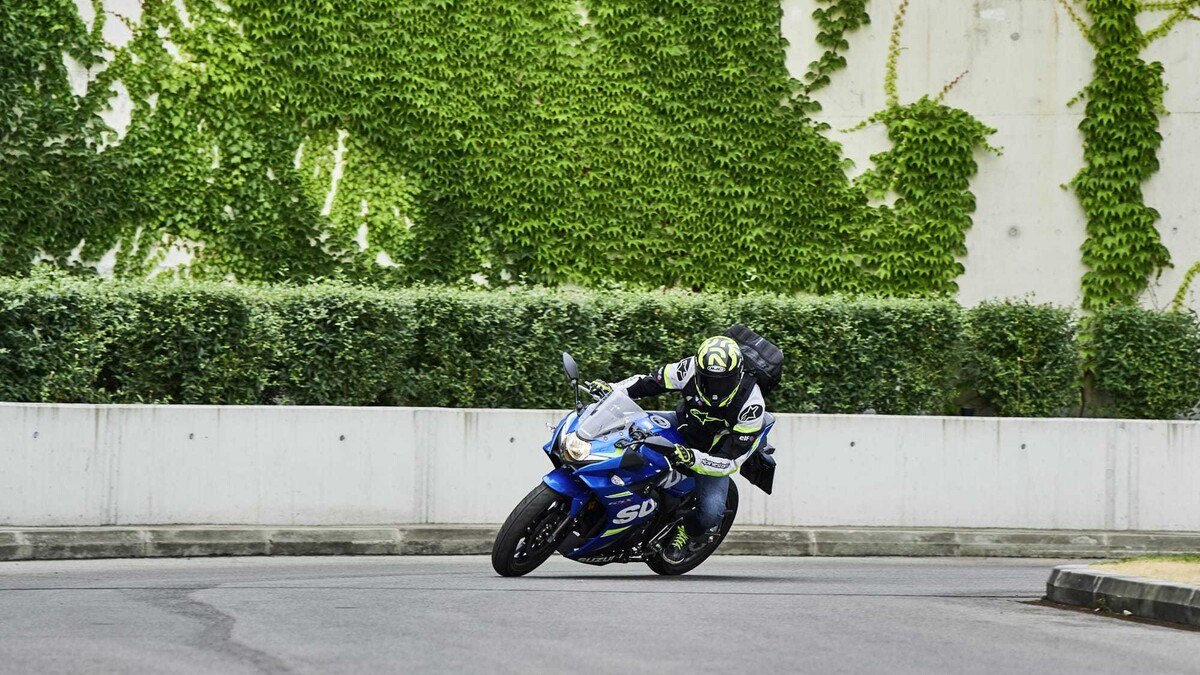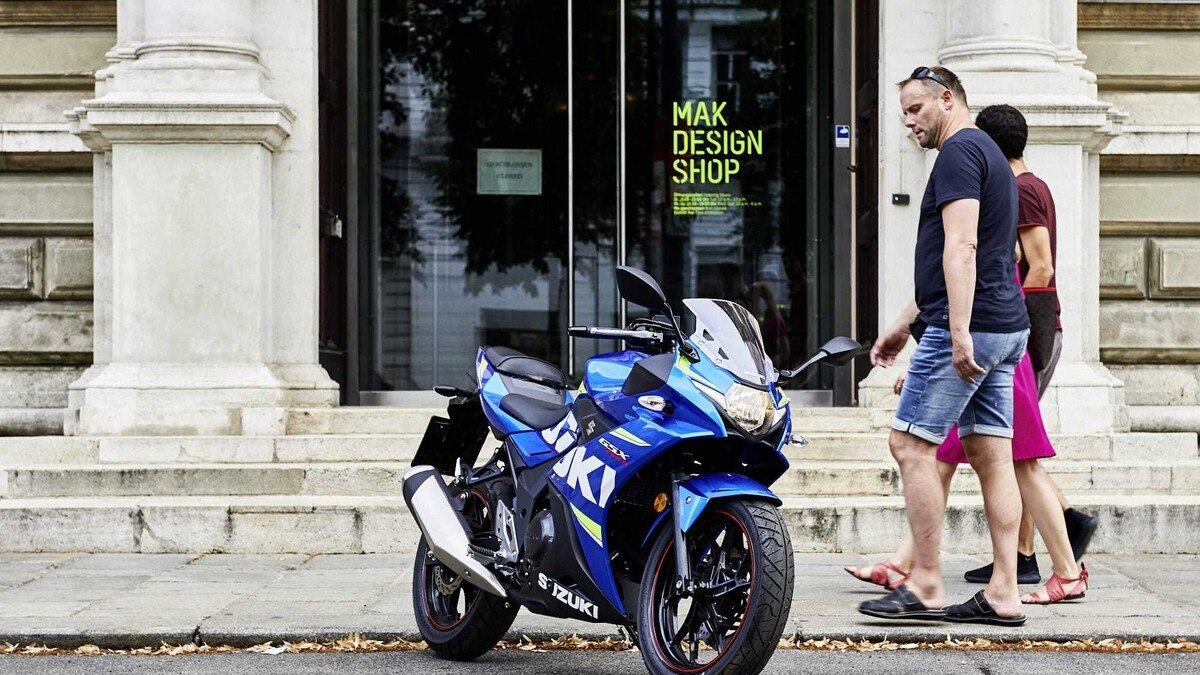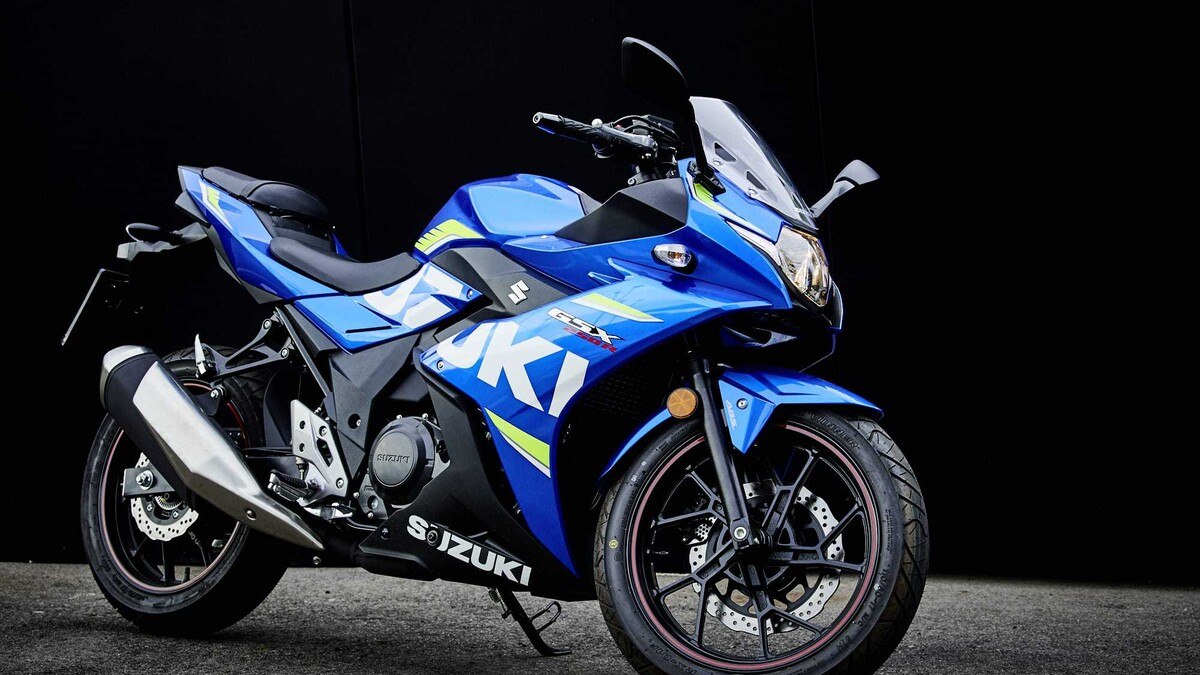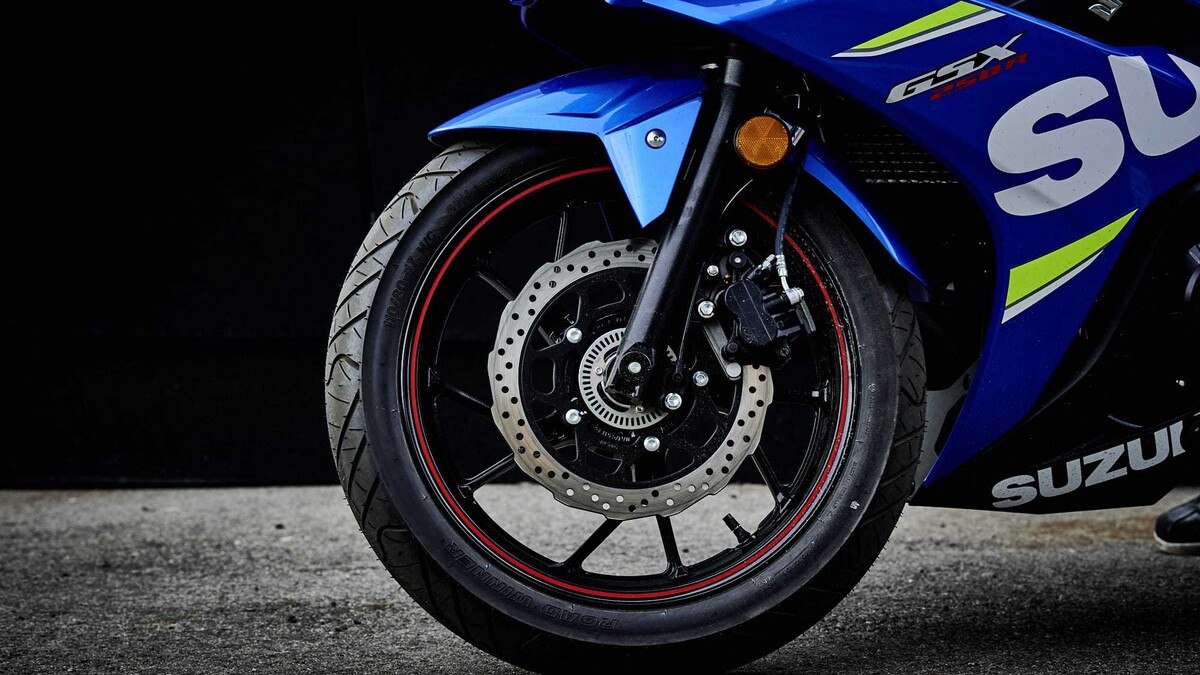Test Suzuki GSX-250R - youth at work
The motorcycle scene has a problem with young people. With the GSX-250R, Suzuki is trying to offer young people and those returning to racing an inexpensive, sporty offer. The little athlete looks sharp, drives better than expected, but has two weak points that soon become obvious.
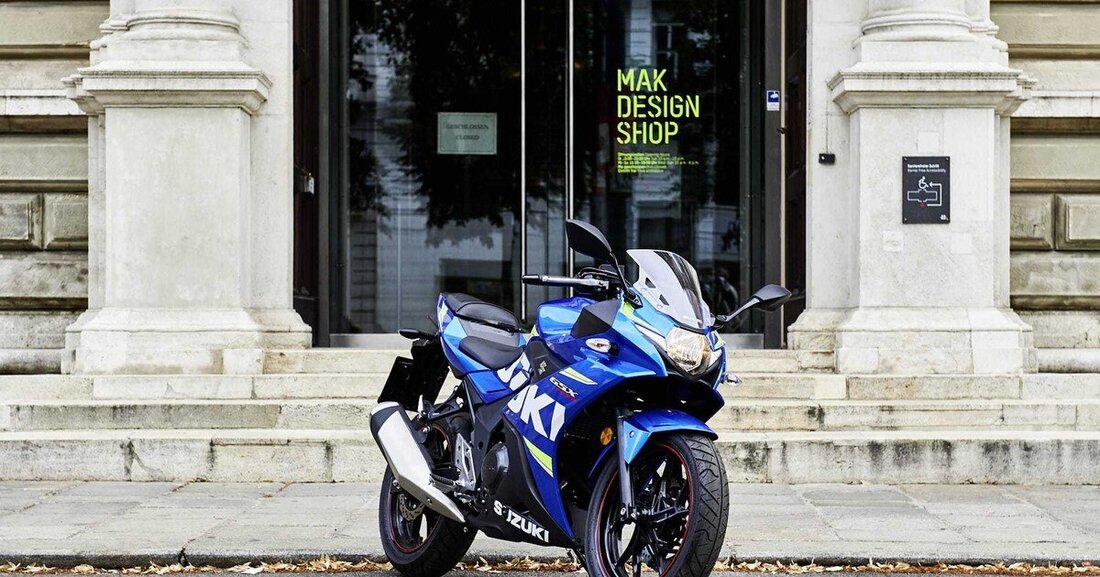
Test Suzuki GSX-250R - youth at work
ergonomics
You have to look three times at the Suzuki GSX-250R to see that it is a baby GSX-R. Suzuki hardly saved anything when it came to looks and gave the 250 the cool MotoGP paint. Looks good. Put on: 800 millimeters of seat height is not that little for a 250. But it's okay because the bench is pleasantly narrow around the crotch. The seating position is not overly elongated and deep, but also not as scooter-like as on the Ninja 400. You're sitting on a small athlete, and you can tell. The high handlebar stubs fit well in the hand. You can easily fold up behind the windscreen for top speed driving. The rearview mirrors are well positioned and visibility is surprisingly good. Despite my 1.85 meter height, I don't hit any of the fairings. The footrest position could perhaps be a bit further back for my taste, but it works well for longer rides.
Handling
With a full tank weighing 172.4 kilograms, the Suzuki is quite light. And it is precisely this light-footedness that you feel every time you change lean angles. A little pressure on the handlebar stub is enough and the Baby-Gixxer falls into an inclined position. Despite their narrow tires (110/80 - R17 at the front, 140/70 - R17 at the rear), their turning is neutral. Once in an inclined position, the Suzuki is quite comfortable and stable in the radius. Once you understand their light-footedness after a few corners, their handling poses no mystery. You happily throw the baby Gixxers from one corner to the next. It can be that simple. Even at top speed, the Suzuki is full and doesn't oscillate a bit around the longitudinal axis.
Engine/transmission
Okay, moment of truth: Is 248 cubic meters from a parallel twin enough to have fun today? Nope. With 25 hp (at 8000 rpm) and 23.4 Newton meters of torque (at 6500 rpm), the baby Gixxer is rather mediocre. The smooth running of the two-cylinder engine is very successful: at low revs the engine runs unusually smoothly, but from mid-range it becomes a little rougher but also more powerful. There are strong vibrations at the top before you suddenly end up in the rev limiter. Admittedly, the feeling of not being able to master the achievement never arises at any moment. Even more honest: After the first few kilometers I had to get on the motorway and wanted to load straight away. The problem: At speedometer speed 136 km/h it's over - you're stuck in the limiter of the last gear at full throttle. Even slipstream duels don't help anymore, with a speedometer of 136 km/h nothing works. It's a shame, because a little more steam wouldn't have hurt the GSX-250R. As is typical for Suzuki, the two-cylinder hangs very well and directly on the gas and even sounds a bit sporty - despite the Euro 4 emissions standard. The gearbox can be shifted easily and precisely. the cable clutch can also be precisely metered.
Undercarriage
With bikes like this I always expect buttery-smooth, wobbly chassis. The Suzuki is completely different. The KYB telescopic fork at the front works surprisingly tight, or tighter than expected. Even during hard braking maneuvers, the fork does not collapse uncontrollably, but rather offers a relatively high level of feedback. It doesn't jump over asphalt edges, but rather dampens with a healthy level of hardness. However, the fork is not adjustable. I'm cautiously positively surprised. The same applies to the directly hinged shock absorber: healthy firmness. And at least the spring preload is adjustable. Even during gross motor exercises on undulating asphalt, the Suzuki doesn't rock. It stays full and stable for a long time, almost foolproof. The wheelbase of 1,425 millimeters is a very successful compromise between maneuverability and stability. It quickly becomes clear: the chassis deserves a more powerful engine... and could easily handle it.
Brakes
Suzuki didn't save money here either and installed decent parts. At the front, a 290 millimeter single brake disc with a sporty wave look decelerates, while at the rear the 240 millimeter disc is sufficient to bring the lightweight to a stop. The rear wheel metering is exemplary. A conventional axial brake pump is used for the front wheel brake, which is also easy to meter. For me, the lever travel could be a little shorter. The pressure point is crisper than on many naked bikes. The ABS obviously intervenes noticeably and is not nearly as finely tuned as on the GSX-R 1000, but there is nothing to complain about either. The Baby-Gixxer brakes with absolute confidence.
Noticed
How much effort Suzuki put into the details to create a harmonious, high-quality overall impression. How good the chassis is and how harmoniously the entire motorcycle is coordinated. If I were 16 again today, I would be very happy in the saddle of the Suzuki GSX-250R
Failed
The engine performance. With 25 hp and almost 24 Nm of torque, you can even compete with Vespas. That hurts twice as much when you see how smartly the baby Gixxer is made and what potential the chassis, transmission and brakes have. And then the list price: 4990 euros. The love for Suzuki must be great, because for 1000 euros more you can get a KTM RC 390 or a Kawasaki Ninja 400. And the baby Gixxers unabashedly rip off them in every respect.
Test verdict: Suzuki GSX-250R, by p.bednar
More information about Suzuki GSX-250R
With kind support from TOTAL Austria
More action photos from the test drives can be found on Instagram: apex_moto_at
Or follow us on Facebook: Apex Moto

 Suche
Suche
 Mein Konto
Mein Konto
